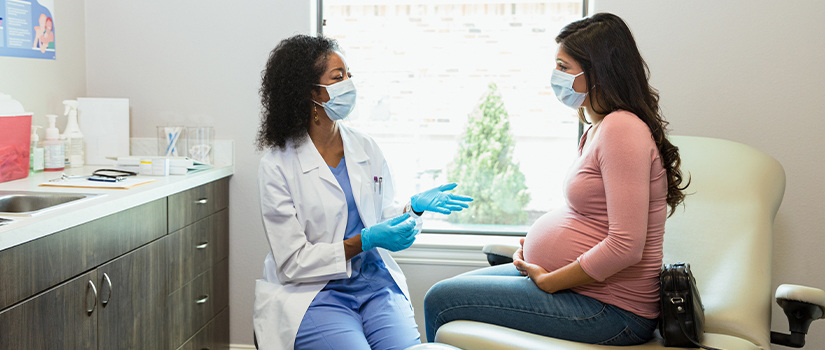Project Significance
Despite their devastating maternal-child health impacts, the biological pathways of emerging and re-emerging infectious diseases are unknown. Sadly, this leaves clinicians with a lack of effective intervention options to triage mothers and newborns at-risk for severe disease, prevent infections in utero, treat their long-term symptoms or stop potentially fatal consequences.
Research Innovation
Our project fills the scientific research gap by using patient samples to inform basic science studies.
Research Questions
Purpose
Define the host-pathogen characteristics of three congenital infectious diseases associated
with peripartum persistent infection leading to placental colonization and subsequent
congenital transmission.
Hypothesis
Pregnant women infected with key pathogen subclades will have significantly higher
odds of congenitally infected neonates—by species, these subclades are: T. pallidum
subspecies pallidum Nichols strain and tp0136-tp0968 recombinant genes, (Chagas disease)
T. cruzi DTUs I and V, and dengue virus type II. Infected pregnant women with chromosome
6’s HLA and complement pathway gene downregulation will have higher odds of vertical
transmission. Similarly, infected pregnant women with lower serum titers of pro-inflammatory
cytokines (IL-1β and IL-18), CD4+ T-cells, and matrix metalloproteinases will be more
likely to transmit T. pallidum to their fetus.
Method
Pregnant women and their neonates will be recruited from two high endemic areas: Columbia,
South Carolina and San Salvador, El Salvador. Patients with positive lab results will
be approached for study enrollment. Infected mothers will be asked to provide testing
samples at time of diagnosis and at time of delivery. With pathogenesis studies and
evolutionary analysis, we aim to better understand the vertical transmission of these
infections and calculate the transmission risk factor for each disease.
Vision
By revealing the histological, genetic, and immunologic pathways leading to vertical
transmission of the infectious disease from mother to child, we hope to identify potential
therapeutic targets.
SC Impact
While this research will improve the lives of all individuals in South Carolina, Pregnant Women and their Newborns will greatly benefit from this project’s focus area and the institute’s work at large.
